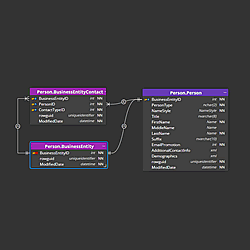In the ever-evolving world of data, organization and structure are key to making sense of vast information. This is where data models come into play. But what exactly is a data model, and why is it so important in databases and data management?
Understanding Data Models
At its core, a data model is a conceptual representation of data and its relationships. It serves as a blueprint for how data is stored, organized, and manipulated within a database system. Data models help developers, analysts, and stakeholders ensure a common understanding of the data, its structure, and how different pieces of information relate to each other. Data models generally fall into three main categories:
Conceptual Data Models
These are high-level representations that focus on the overall structure of the data, without delving into technical details.
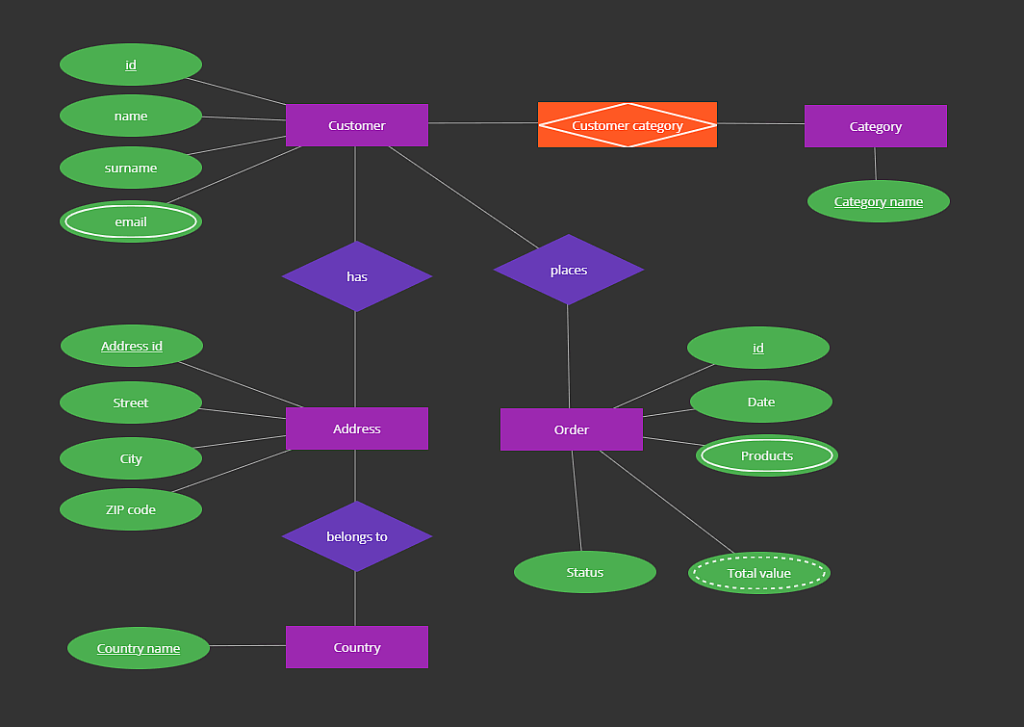
Logical Data Models
These provide more detail about the data structure, such as attributes and relationships, but remain independent of specific database management systems. Usually, logical data models allow you to specify M:N relationships and add other logical information in the form of captions and descriptions.
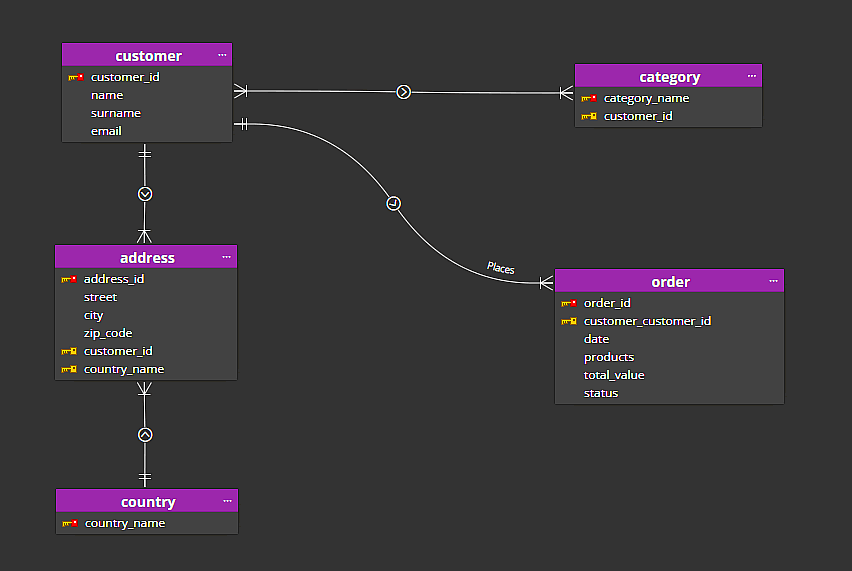
Physical Data Models
These are detailed representations that include specifics about how the data is physically stored in the target database. In physical data models, you can find items like composites, domains etc. Physical data models can also be created by loading metadata from already existing databases.
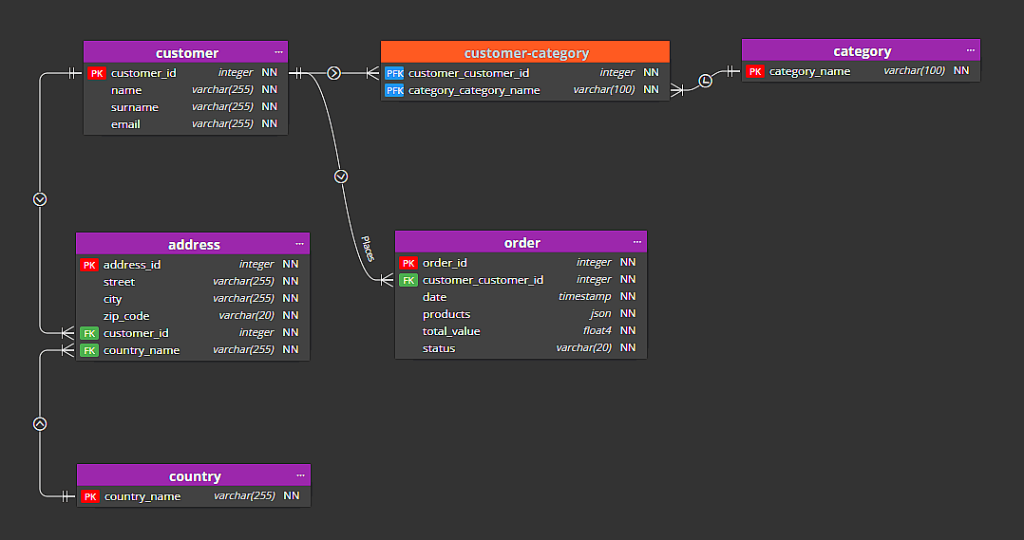
The Role of Data Modeling Tools
Creating a data model manually can be a daunting and error-prone task, especially for complex databases. This is where data modeling tools come to the rescue. These tools simplify the process of designing, visualizing, and maintaining database structures, ensuring accuracy and efficiency.
One standout tool for relational database modeling is Luna Modeler. Designed with user-friendliness and functionality in mind, Luna Modeler is a powerful data modeling solution for professionals working with relational databases. Whether you’re working on Oracle Database, MySQL, PostgreSQL, or other database platforms, Luna Modeler provides a range of features, including ER diagram creation, schema synchronization, and documentation generation.
Data Models for NoSQL Databases
Unlike relational databases, NoSQL databases offer a more flexible approach to data modeling, catering to unstructured and semi-structured data formats. NoSQL data models are designed to handle a wide variety of data types. For instance, in MongoDB, data is stored in a document-oriented format using JSON-like structures, which allows for dynamic schemas and effortless scalability. Creating and managing NoSQL database schemas can be challenging, but tools like Moon Modeler make it much more efficient.
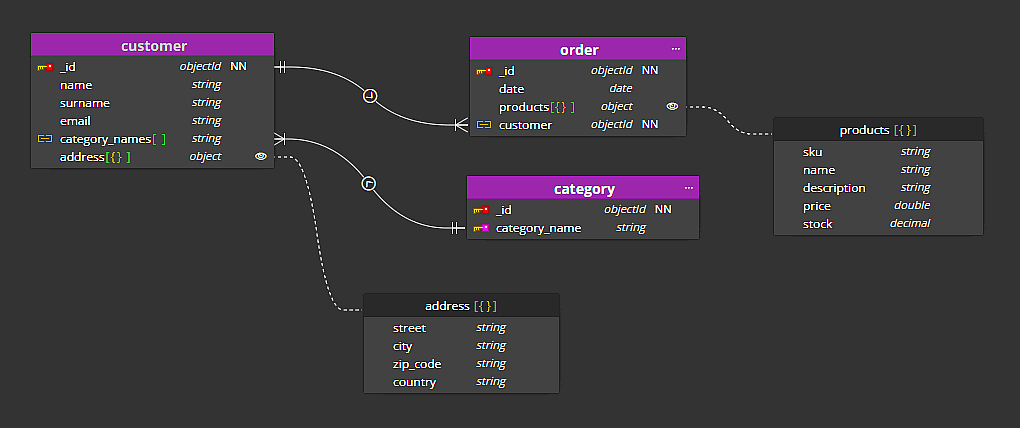
Moon Modeler specializes in NoSQL database design, including MongoDB, and provides features for visualizing document structures, generating schema definitions, and creating data models tailored to specific application needs. This tool empowers developers to design and communicate complex NoSQL schemas with ease, bridging the gap between conceptual modeling and practical implementation.
